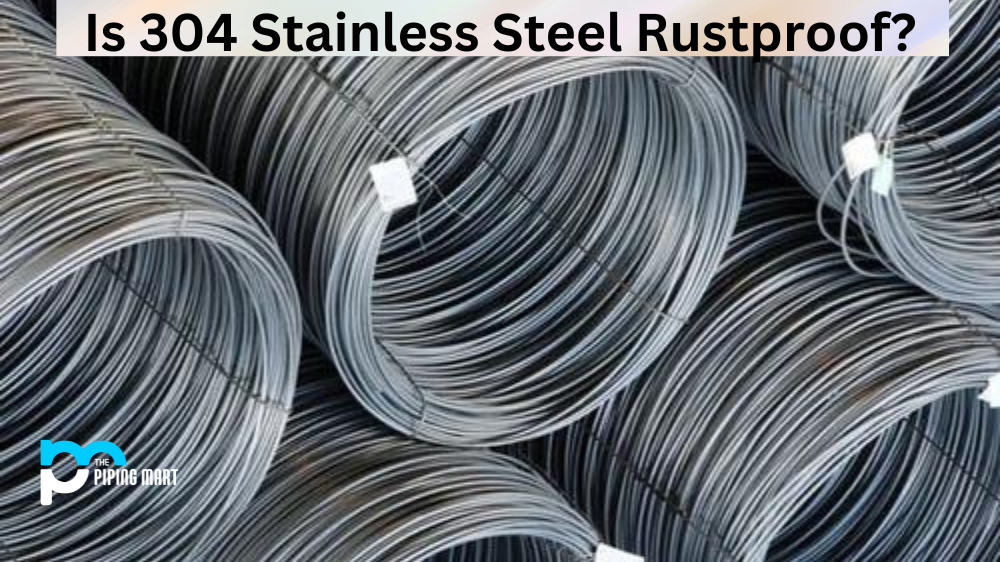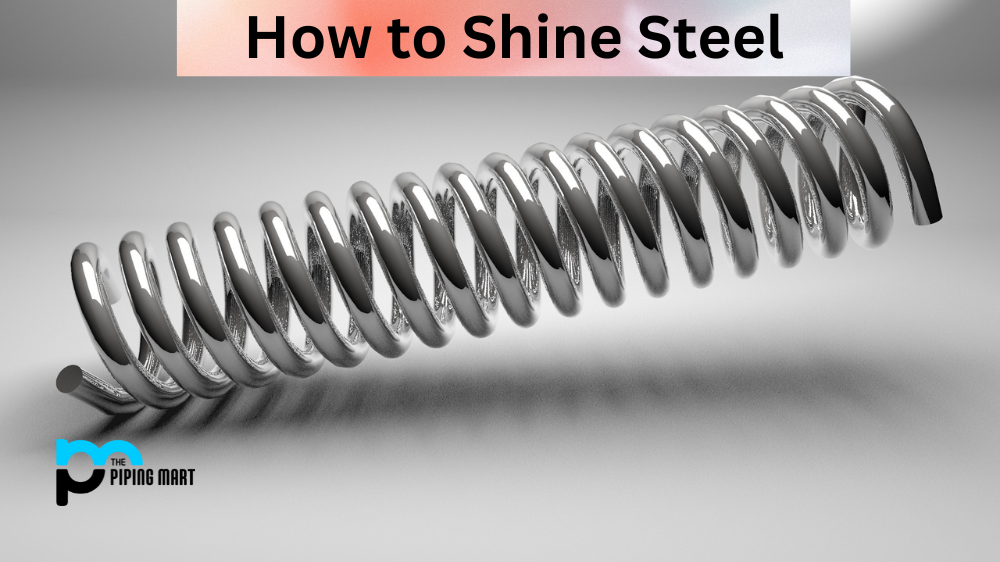Stainless steel is a popular metal material used in many industrial and consumer applications. One of the most common types of stainless steel is 304 stainless steel, which offers great resistance to corrosion and rust. But before you assume that your 304 stainless steel product is rustproof, it’s important to understand how stainless steel works. Let’s take a closer look at why 304 stainless steel does not always mean rustproof.
Basics of Stainless Steel
Stainless steel contains chromium and other alloying elements, which give it its anti-corrosion properties. The chromium comes into contact with oxygen from water or air, forming a thin layer of chromium oxide across the surface of the metal. This layer acts as a barrier that protects the metal from further corrosion. Without this layer, the metal would quickly corrode and rust away.
What Makes 304 Different?
304 stainless steel contains 18%-20% chromium along with 8%-10% nickel and small amounts of carbon, manganese, silicon, phosphorus and sulfur. An additional element found in 304 that distinguishes it from other types of stainless steels is molybdenum, which helps increase its corrosion resistance even more so than other alloys. In fact, when exposed to certain environments containing chlorides (like seawater or de-icing salts), 304 will actually gain more corrosion resistance over time due to the formation of additional layers of protective chromium oxide on its surface!
Why It Isn’t Always Rust Proof
Despite its impressive composition and protection against corrosion under some conditions, there are still conditions where 304 can be vulnerable to rusting. For instance, if exposed to chloride ions (in salt water or de-icing salts) for too long without regular cleaning and maintenance, pitting can occur as these ions penetrate beneath the protective oxide layer on the surface of the metal. If subjected to temperatures between 425°C and 850°C for an extended period of time (like welding), carbide precipitation can occur, which reduces the level of chromium in the alloy – leaving it vulnerable to rusting once again! Lastly, if exposed to high levels of acidic compounds (such as vinegar) for prolonged periods without proper cleaning and maintenance may corrode the surface over time as well.
Conclusion:
304 stainless steel is a popular choice for many applications because it provides excellent protection against corrosion and rusting under most conditions – but only if properly cared for! To ensure your product remains rustproof over its lifetime, make sure you clean it regularly with warm soapy water or specific cleaners designed for use with stainless steel materials; avoid exposing it to acidic compounds; limit exposure to temperatures above 425°C; keep chloride ions away when possible; and keep an eye out for any signs of pitting or discolouration that could indicate impending corrosion or rusting issues down the line! With proper care and maintenance, your 304 stainless steel products will remain free from rust!

Pipingmart is a B2B portal that specializes in metal, industrial and piping items. Additionally, we share the latest information and information about materials, products and various types of grades to assist businesses that are involved in this business.



